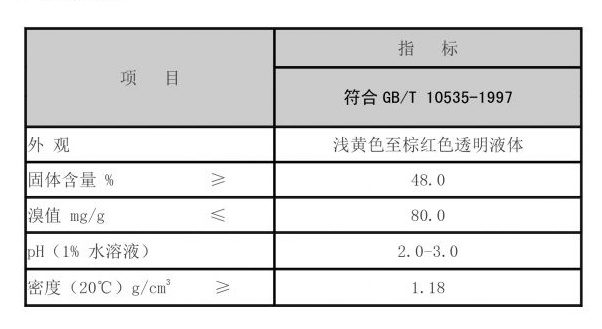Polyacrylamide presence in water levels analyzed for environmental implications and treatment options.
Polyacrylamide in water is a topic that is gaining increasing attention due to its significant impact on various aspects of our environment and daily lives. Polyacrylamide, commonly referred to as PAM, is a synthetic polymer that is widely used in water treatment, agriculture, and other industrial processes.
In water treatment, polyacrylamide is commonly used as a flocculant to help remove solid particles from water, making it an essential component in the treatment of wastewater and drinking water. By adding polyacrylamide to water, the polymer molecules bind together to form larger particles, which can then be easily removed through filtration or settling. This process helps to improve the clarity and quality of water, making it safe for consumption and other uses.
Polyacrylamide is also widely used in agriculture as a soil conditioner and erosion control agent. When applied to soil, polyacrylamide molecules help to improve soil structure, increase water retention, and reduce soil erosion. This helps to enhance crop yields, conserve water, and protect the environment from the negative impacts of erosion and sedimentation.
In addition to its uses in water treatment and agriculture, polyacrylamide is also used in various industrial processes such as papermaking, mining, and oil drilling. In these applications, polyacrylamide is used as a flocculant, thickener, or rheology modifier to improve process efficiency and product quality.
polyacrylamide in water

Despite its numerous benefits, polyacrylamide in water can also pose certain risks and challenges. High concentrations of polyacrylamide in water bodies can have negative impacts on aquatic ecosystems and human health. Polyacrylamide has been found to be toxic to aquatic organisms and can also form harmful byproducts when exposed to certain environmental conditions.
To address these concerns, it is important to use polyacrylamide in water responsibly and in accordance with recommended guidelines and regulations
. Proper handling, storage, and disposal of polyacrylamide can help to minimize its environmental impact and ensure the safety of water resources and ecosystems.Overall, polyacrylamide in water plays a crucial role in various applications, ranging from water treatment to agriculture and industry. By understanding its uses, benefits, and potential risks, we can maximize the benefits of polyacrylamide while minimizing its negative impacts on the environment and human health. Through responsible usage and management, polyacrylamide can continue to be a valuable tool for improving water quality, soil health, and industrial processes.
-
Water Treatment with Flocculant Water TreatmentNewsJun.12,2025
-
Polymaleic AnhydrideNewsJun.12,2025
-
Polyaspartic AcidNewsJun.12,2025
-
Enhance Industrial Processes with IsothiazolinonesNewsJun.12,2025
-
Enhance Industrial Processes with PBTCA SolutionsNewsJun.12,2025
-
Dodecyldimethylbenzylammonium Chloride SolutionsNewsJun.12,2025





